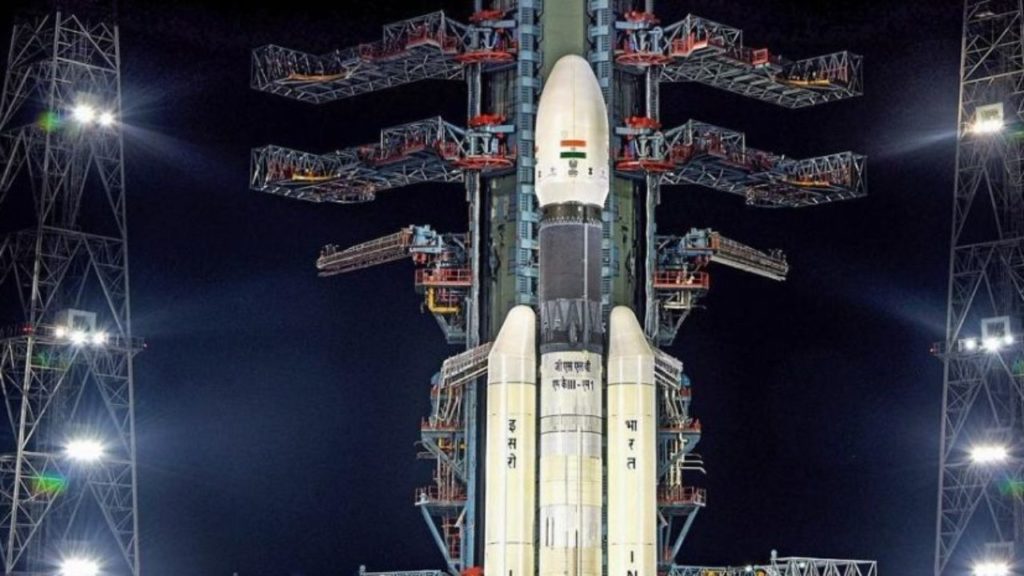On Thursday, Indian Space Research Organisation (ISRO) announced that it is all set to launch India’s moon mission Chandrayaan-3 on July 14 at 2:35 pm.

Launch of Chandrayaan-3
In a tweet, ISRO said, “Announcing the launch of Chandrayaan-3: LVM3-M4/Chandrayaan-3 Mission: The launch is now scheduled for July 14, 2023, at 2:35 pm IST from SDSC (Satish Dhawan Space Centre), Sriharikota.”
Further, the space agency would attempt soft-landing of the lander on August 23 or August 24, said Somanath S, Secretary of the Department of Space and ISRO Chairman.
The mission life of the lander is one lunar day, which is equal to 14 Earth days, ISRO officials noted.
Adding, “The date (for soft-landing) is decided based on when there is sunrise on the Moon. While landing, sunlight must be there. There is sunlight on the Moon for 14-15 days and for the next 14-15 days there is no sunlight.”
Demonstrating End-to-end Capability in Safe Landing and Roving
This appears to be a follow-on mission to Chandrayaan-2 and expected to demonstrate end-to-end capability in safe landing and roving on the lunar surface as it has a lander and rover configuration.
Moving ahead, this latest mission from ISRO carries scientific instruments to study the thermophysical properties of the lunar regolith, lunar seismicity, lunar surface plasma environment and elemental composition in the vicinity of the landing site.
The scope of these scientific instruments on the lander and the rover would fit in the theme of “Science of the Moon”. At the same time, another experimental instrument will study the spectro-polarimetric signatures of the Earth from the lunar orbit, which would fit in the theme of “Science from the Moon”, said the ISRO officials.
Prior to this, the Chandrayaan-3 spacecraft successfully completed the essential tests during March this year.
These tests validated its capability to withstand the harsh vibration and acoustic environment that the spacecraft would encounter during its launch.
The nature of these tests were particularly challenging, considering the fact that the Chandrayaan-3 spacecraft, which will be launched by LVM3 (Launch Vehicle Mark-III) (earlier referred to as GSLV Mk III), is a composite of three modules — propulsion, lander and rover.
So, it will be launched by the Launch Vehicle Mark-III from the Satish Dhawan Space Centre in Sriharikota.
Moving ahead the propulsion module will carry the lander and rover configuration till 100 km lunar orbit.
It consists of a Spectro-Polarimetry of Habitable Planet Earth payload that will help in studying the spectral and polarimetric measurements of Earth from lunar orbit.













